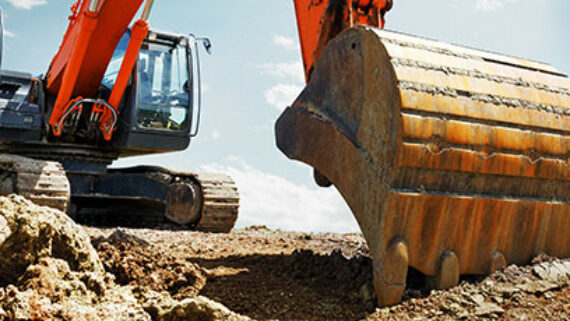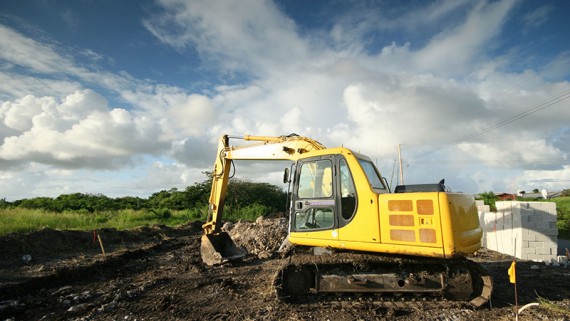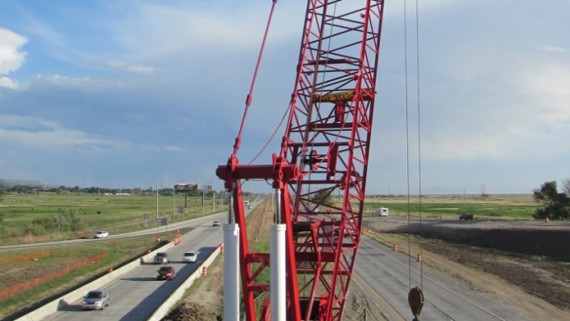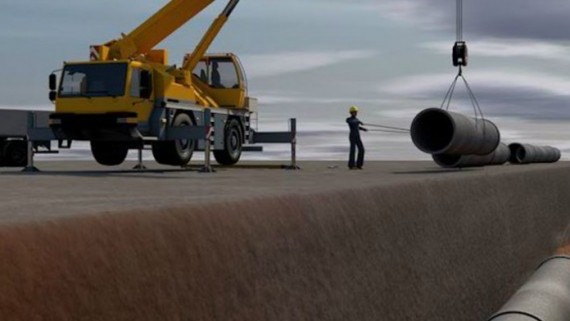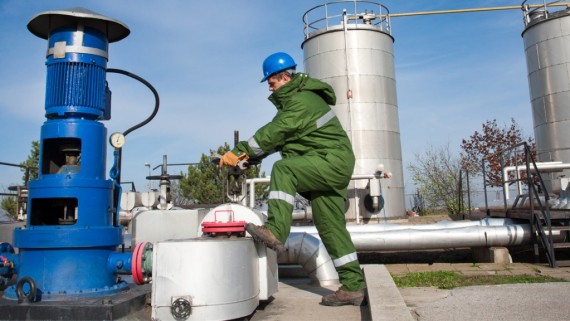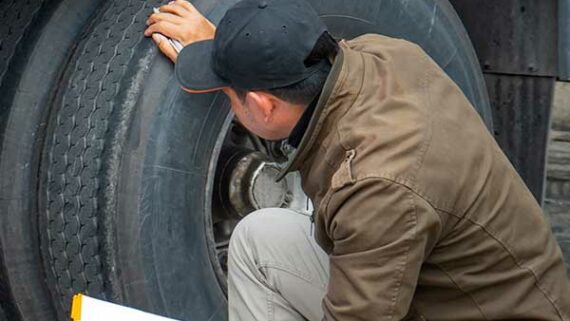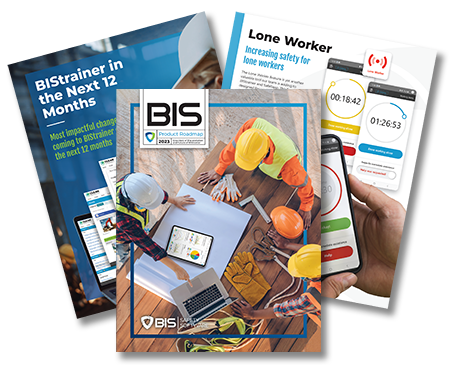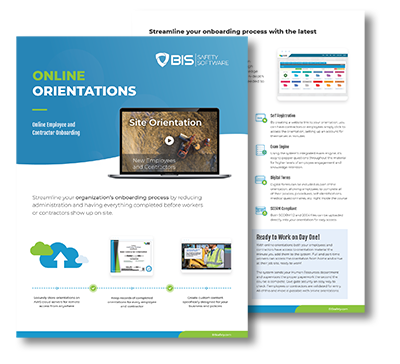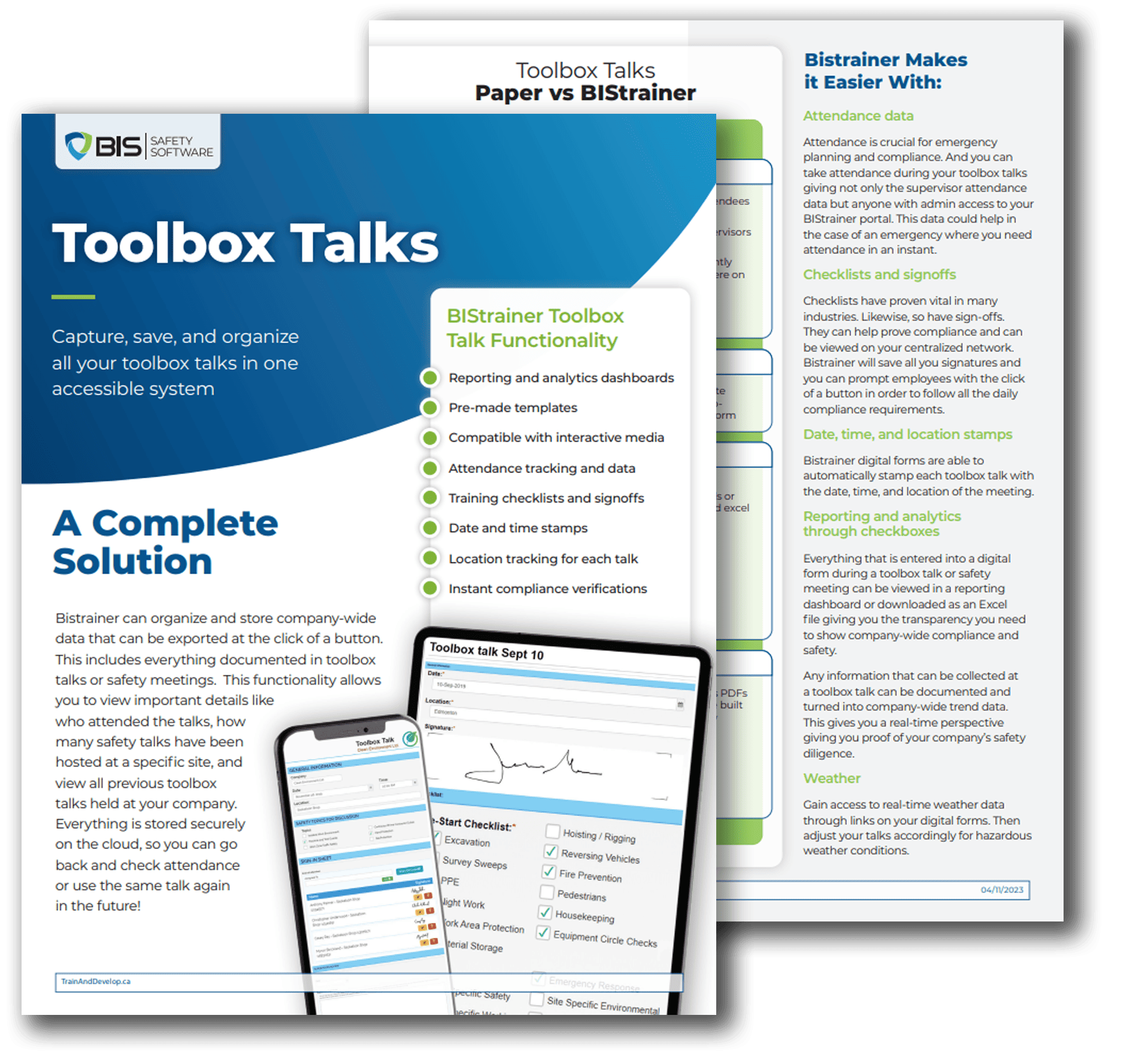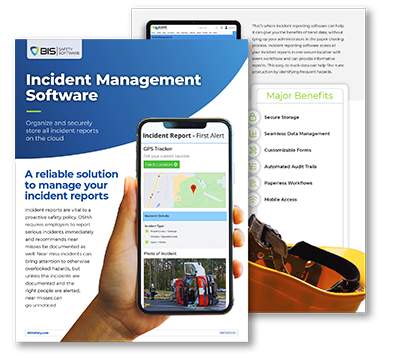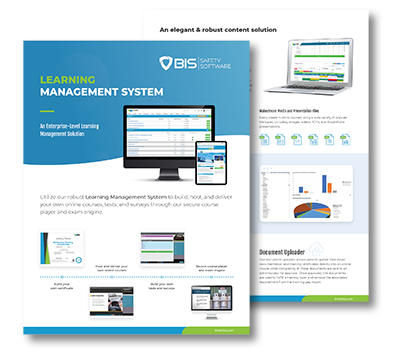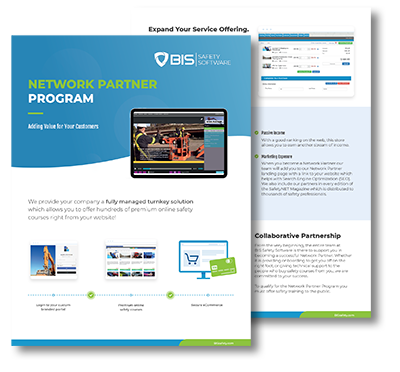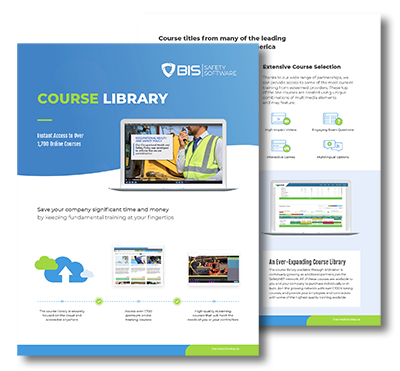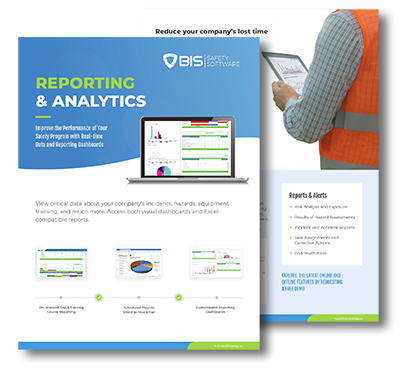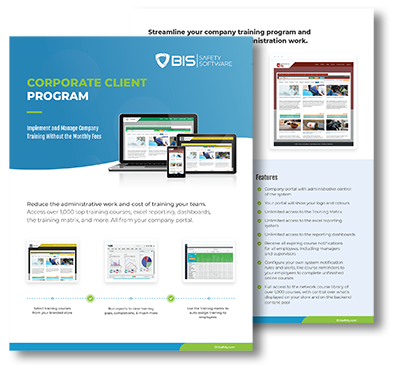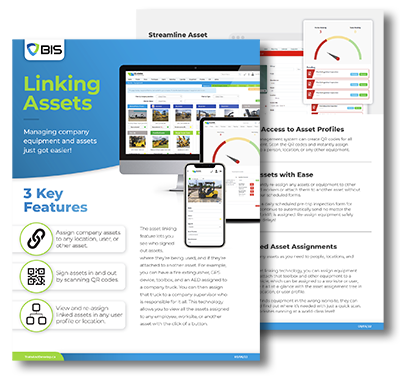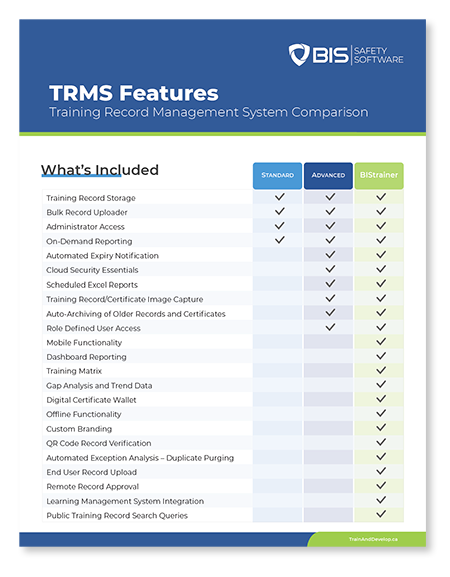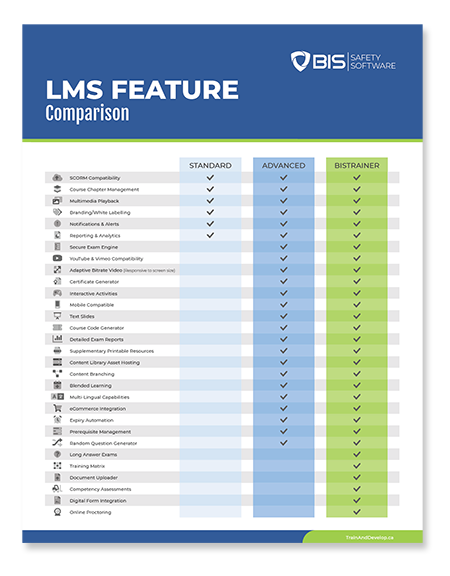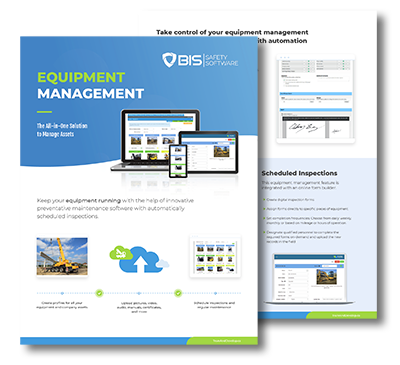Fall Protection Online
FALL PROTECTION - Online Training Overview
Falls are one of the leading causes of injuries and death at the work site. The good news is that there are plenty of fall protection systems to prevent fall hazards and injuries. But fall protection is only effective if you know how to use it. This Fall Protection Online course is designed to teach you the basics for effectively using, inspecting, and planning for fall protection.
According to the Association of Workers’ Compensation Boards of Canada (AWCBC), falls caused 51,880 injuries and 66 fatalities in 2018. The risk of falling is normally associated with working at height, but there are other situations where the hazard is present:
- Working above machinery in operation
- Working above water or other liquids
- Working above a hazardous object or material
- Working close to a floor opening
The responsibility for fall prevention is divided among employers, supervisors and workers. Employers must have a clear fall protection policy that meets local regulations, considering that these change by location. They must also provide adequate training for their staff, while ensuring that all necessary equipment and materials are available. Supervisors must ensure that fall prevention procedures are followed in workplaces, while verifying that equipment is used correctly. Finally, workers must follow the established procedures and use all the equipment needed, and inform supervisors of any fall hazards found.
Another important element of fall protection is rescue planning. Even when a fall is arrested successfully, the worker must be rescued while suspended in the air. The rescue must be completed as quickly as possible, since the worker may have injuries.
Canada has federal regulations that cover fall protection, and all 13 provinces and territories also have local legislation. However, only Ontario and Prince Edward Island have mandatory training requirements for working at height.
- Training is necessary to prevent falls effectively, even when not required directly by local regulations.
- Harnesses and other fall protection equipment are only effective when used properly, and human error can be minimized with training.
- Trained workers can also spot mistakes done by others, and correct them before an accident happens.
When Is Fall Protection Equipment Required?
The fall protection requirements for companies change depending on the laws of each jurisdiction. However, prevention measures are normally required when workers are at risk of falling 3 meters or more. The following are some examples of these measures:
- Handrails, guardrails and other fixed barriers
- Covers and other types of surface opening protections
- Warning barriers
- Fall restraint systems
- Fall containment systems, such as safety nets
- Fall arrest systems
Depending on the location, regulations may also cover the use of ladders, scaffolding and similar equipment. Workers must continue to use personal protective equipment (PPE) normally, regardless of fall protection measures. There are also cases where additional PPE is needed for a specific activity.
To manage all these measures effectively, a fall protection plan is necessary. The plan must ensure that fall prevention measures are available at workplaces, in good condition, and being used properly. Any fall protection equipment must be inspected carefully before each use.
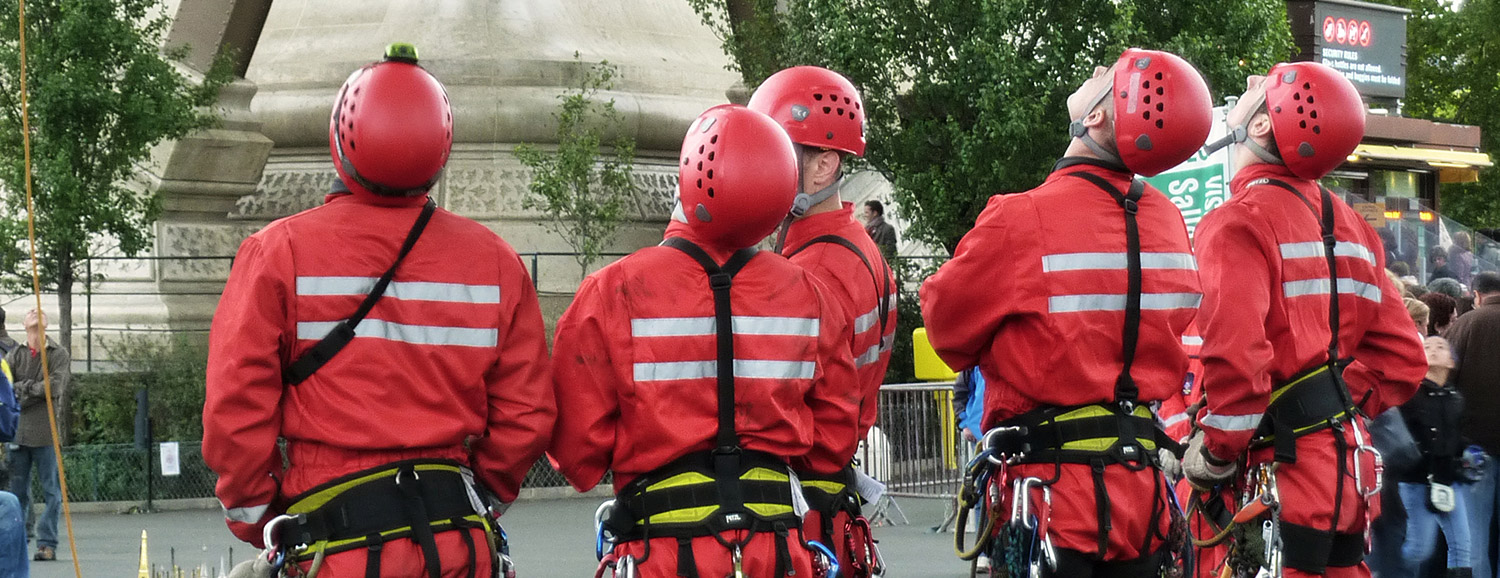
FALL PROTECTION ONLINE TRAINING - Course Topics
This Fall Protection Online course covers the following topics:
- Fall hazards
- The use and purpose of various fall protection systems
- The importance of fall protection from a legislative standpoint
- How to choose an anchor
- The purpose and function of full body harnesses
- The five classes of full body harnesses
- Requirements for connecting hardware
- The uses of various connecting devices
- The purpose and function of shock absorbers
- The hazards of various fall protection system components if not used correctly
- Maximum arrest force
- Calculating free fall distance and clearance
- Basic inspection and care requirements
- How to don a full body harness
- Basic requirements for fall protection plans, rescue planning, and preventing suspension trauma
Universally Compatible

Duration
Average Completion Time
Completion times vary depending on the number of times the information is viewed prior to finishing the course. The average completion time is 3 hours.

Testing
Knowledge Assessment
Testing is conducted in this online course to reinforce the information presented. You are provided three opportunities to achieve a passing mark of 70% or greater.

Certificate
Certificate of Completion
Upon successful completion of this course, a certificate will be available to download and print. You can access your certificate through your online account.





